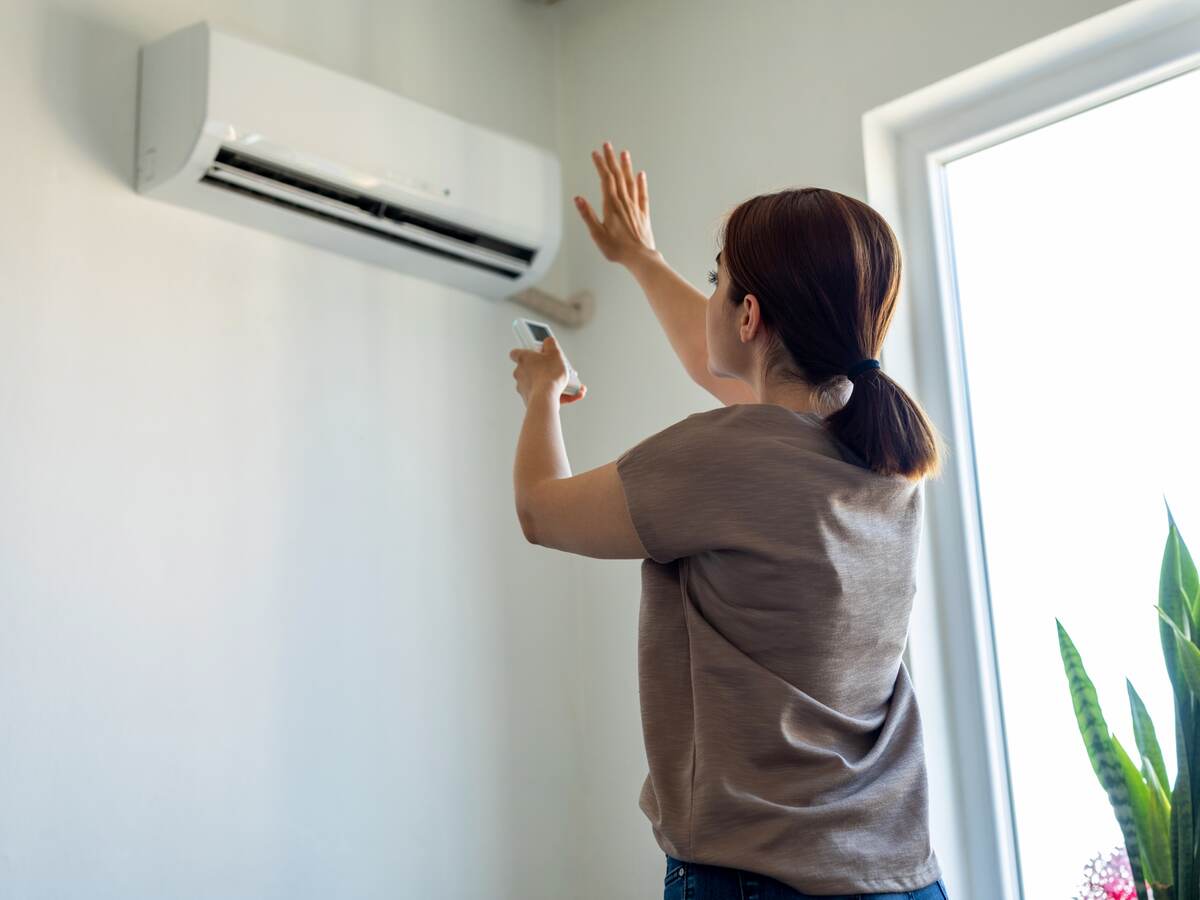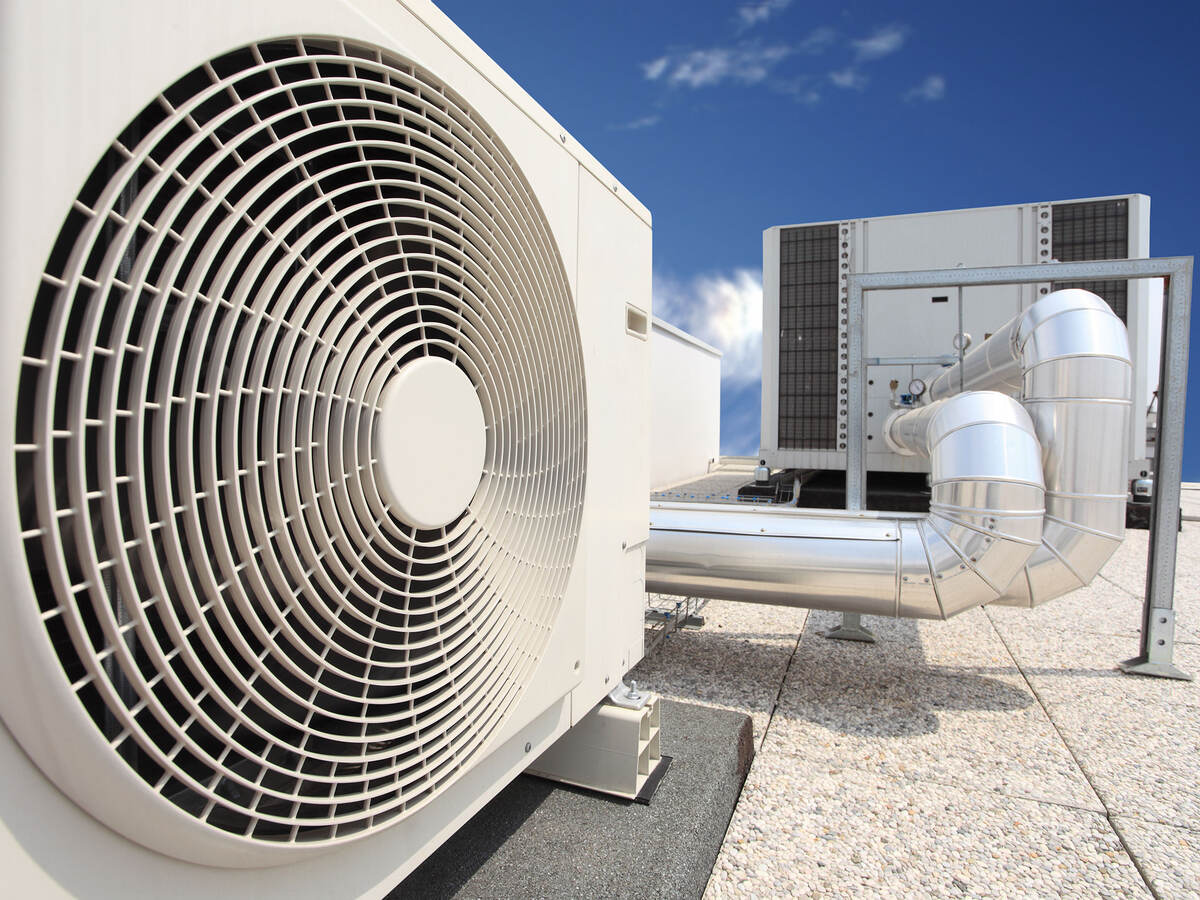October 21, 2024
This information is provided for general guidance for code officials when performing inspections. For specific requirements, always refer to the product markings and installation instructions.
With the increased use of Class A2L refrigerants, heating, ventilating and air conditioning (HVAC) equipment certified to UL 60335-2-40, the Standard for Household and Similar Electrical Appliances – Safety – Part 2-40: Particular Requirements for Electrical Heat Pumps, Air-Conditioners and Dehumidifiers, will include new safety features to mitigate the risks associated with their flammability. The equipment’s integral refrigerant detection system (RDS) is one of the most important safety controls.
What is an integral RDS? An integral RDS is a system that uses one or more stationary sensors to detect the presence of a refrigerant leak at a specified concentration and automatically initiates one or more mitigating actions. When required by UL 60335-2-40, the integral RDS is evaluated as part of the HVAC equipment certification and must be installed within the HVAC equipment in accordance with the HVAC manufacturer’s installation instructions. Typically, the integral RDS is designed to initiate mitigation actions within 15 seconds of detecting a refrigerant concentration of 25% of the lower flammability limit (LFL) or more.
What types of HVAC equipment will have an integral RDS? UL 60335-2-40 has detailed criteria for the third-party product certification body to determine whether equipment with A2L refrigerants requires an integral RDS. Always refer to the manufacturer’s installation instructions for detailed criteria to determine whether the specific HVAC equipment is required to have an RDS and, when required, the specific installation location(s) for the RDS.
However, as a general rule, you can expect an integral RDS to be required for HVAC equipment with over a 2-pound charge for nonfixed factory-sealed equipment or over a 4-pound charge for other types of equipment.
Based on these thresholds, most HVAC equipment that uses A2L refrigerants will require an integral RDS.
Is the integral RDS installed at the factory, or is it installed in the field? UL 60335-2-40 allows both options. Always refer to the installation instructions for the HVAC equipment to determine if the listing requires the RDS, which particular RDS is specified, and the installation details.
As elaborated in the answers below, even in cases where the RDS is factory-installed, the sensor locations may need to be verified or changed in the field based on the orientation of the HVAC equipment.
Where are the RDS sensors located within the equipment? Class A2L refrigerants are heavier than air, so the installation instructions will typically specify a sensor location where leaked refrigerants are likely to sink and collect as determined by the criteria specified in UL 60335-2-40. Most often, this will be near the indoor coils toward the bottom of the enclosure. Units with multiple indoor coils will typically have multiple sensors.
Sensors are not typically required in portions of the equipment where the refrigerant leak would disperse to the outdoors.
What are the key points of information in the installation instructions?
- Sensor installation location – As noted, Class A2L refrigerants are heavier than air, so the instructions will specify that sensors are mounted in specific locations where leaked refrigerants will collect. HVAC equipment, which can be installed in multiple positions to accommodate a variety of spaces (configurable for two or more horizontal-left, horizontal-right, up-flow or down-flow), may require that the sensor be installed in different locations depending on the orientation of the HVAC equipment.
- Wiring – The sensor wiring must be correctly connected to the RDS controller, and the controller must be correctly wired to equipment controls to initiate mitigation actions. The control wiring may be part of a proprietary method, such as communicating controls, or through traditional thermostat wiring connections.
- The minimum wire size, insulation type and protection from damage should be verified in the field.
- Connection to external devices and controls – The specified mitigation actions may require coordination with devices and controls external to the certified equipment. Terminals are provided in the RDS for these connections.
What mitigating actions are initiated when the RDS detects a refrigerant leak? The specific mitigation required by the certification will be specified in the installation instructions. Additional mitigation actions may be specified for installations with an engineering design following ASHRAE 15 or ASHRAE 15.2. Typically, those mitigation actions will consist of one or more of the following:
- Turn on the indoor air-circulating fan.
- If a zoning system is installed on ducted equipment, send a signal to the zoning system to fully open all zone dampers.
- Turn off the compressor unless a pump-down control is specified, which requires compressor operation.
- De-energize any potential sources of ignition such as electrical resistance heating elements or electronic air cleaners.
- Close shut-off valves to stop refrigerant flow in circuits. These valves are typically required for units with multiple indoor coils, such as minisplits or variable refrigerant flow (VRF) equipment.
- Initiate audible/visible alarms if installed.
- Initiate mechanical ventilation, which is typically specified as part of an engineering design.
The RDS must call for mitigation actions within 15 seconds of detecting a leak. This signal must continue for a minimum of five minutes before resetting.
Summary: Code authorities who inspect HVAC equipment installations should review the HVAC equipment instructions to confirm whether or not an RDS is required and, if it is, how it must be appropriately located and installed.
For more information related to these products or their certifications, please contact:
- Chris Mobley, UL Solutions lead regulatory engineer, Chris.Mobley@UL.com
- John Taecker, UL Solutions senior regulatory engineer, John.K.Taecker@UL.com
Important New Requirements for Use of Low-GWP Refrigerants
Driven by environmental concerns, selecting refrigerants for heating, ventilation, air conditioning and refrigeration (HVAC/R) systems is rapidly evolving.
Stay informed
Actionable insights on the topics you choose, delivered directly to your inbox.


